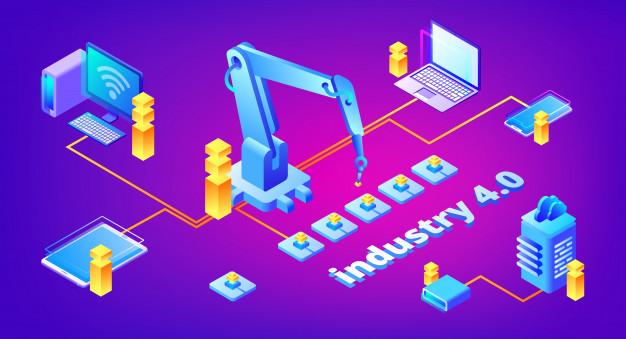

The world is at the cusp of fourth industrial revolution. Disruptive changes brought in by technological advancements are fundamentally revolutionizing the current job landscape with the impact ranging from job creation to job displacement and increased labour productivity to widening skill gaps.
Technology has been reshaping work since the first Industrial Revolution, which can be traced back to the 1700’s when manufacturing was pegged with the emergence of ‘industries’ as Mechanical Technology powered the first factories. This revolution demolished guilds and replaced artisanal craftsmanship with assembly line production. In the 1800’s, with the discovery of electricity, the electrical impetus made possible the division of labour and mass production. The third industrial revolution of the 1900’s brought with it automated, IT enabled solutions which streamlined the programmatic work and limited the reliance on manual labour. Today, the fourth industrial revolution has augmented connectivity between cyber-physical systems, powered by exponential technologies and skilled data experts to create a fully interconnected society.
Currently emerging disruptive technologies such as Artificial Intelligence (AI), Machine Learning (ML), Robotics, 3D Printing, Internet of Things (IoT) and Blockchain — are giving way to innovations in business models that have never been envisioned before. Technological breakthroughs have altered consumer behaviour and expectations – most notably experienced among the millennial generation. What marks these technologies distinct is the pace at which upcoming start-ups are disrupting traditionally well-defined industries. Sharing economy that encompass everything from taxi services such as Uber and DiDi, and peer-to-peer lending platforms such as Lending Club and Prosper to hospitality aggregators such as Airbnb has revolutionised the business ecosystem in less than a decade. These start-ups are disrupting the conventional business models by offering affordable, accessible and scalable services.
The overall job landscape in the country is evolving rapidly. Current job surveys that focus on employment in the traditional sectors no longer provide an accurate representation of job creation. Growth of e-commerce and technology-based sectors is leading to the creation of new job ecosystems, which are becoming a large sources of employment.
The future of jobs in 2022 in India will be determined by the country’s response to the inevitable impact created by the interplay of three primary forces - globalization, demographic changes and the adoption of Industry 4.0 exponential technologies by Indian industries. The impact of these three primary forces is expected to be disruptive on sectors such as IT-BPM and BFSI and relatively lower on core manufacturing sectors such as apparel and leather.
These primary forces will have a significant impact on jobs through a combination of new jobs that will be created, a section of jobs that will require significantly new skill sets, and a set of jobs that may cease to exist.
IT/BPM
Technological Trends
In view of the above changes, IT players have initiated major reskilling programs in order to prepare the workforce for the future.
Key Industry Initiatives
The gig economy is providing employment opportunities to Indian software developers, creative and multimedia professionals, online sales and marketing professionals, writers, translators and data entry operators. This employment model is expected to grow significantly in the coming years.
Haradhan Chattaraj is the Founder, Designated Partner and Head – Infrastructure Services of Luscinia Consulting LLP. He can be reached at haradhan.chattaraj@lusciniaconsulting.com.